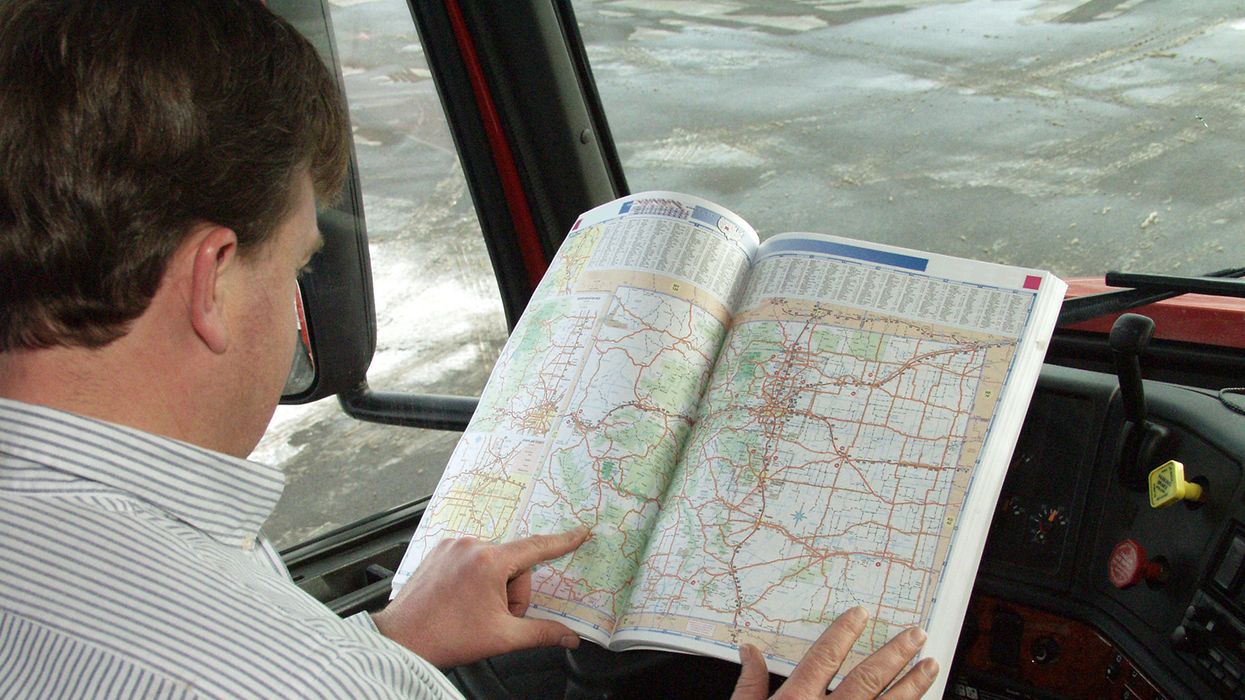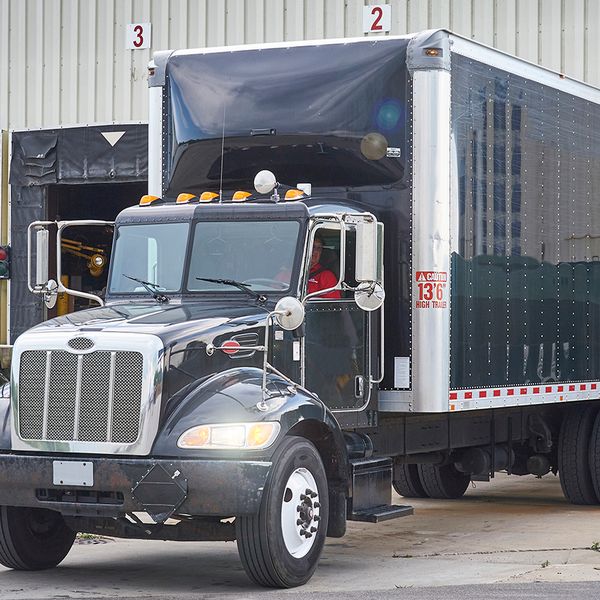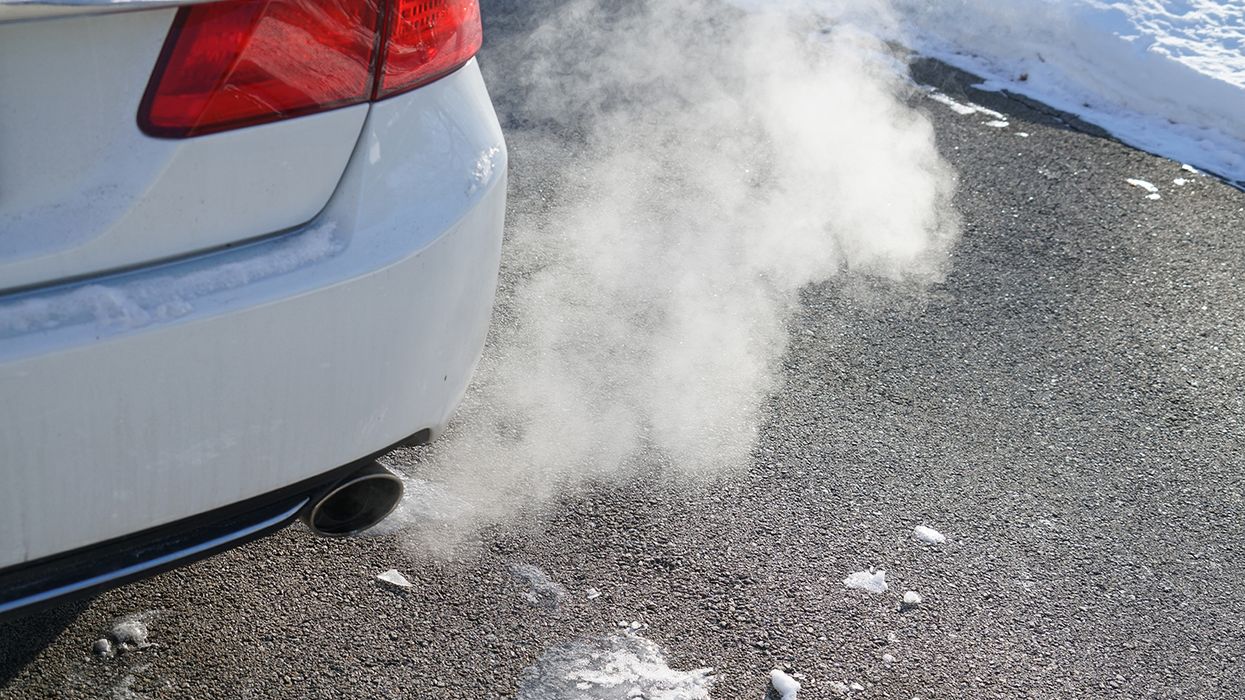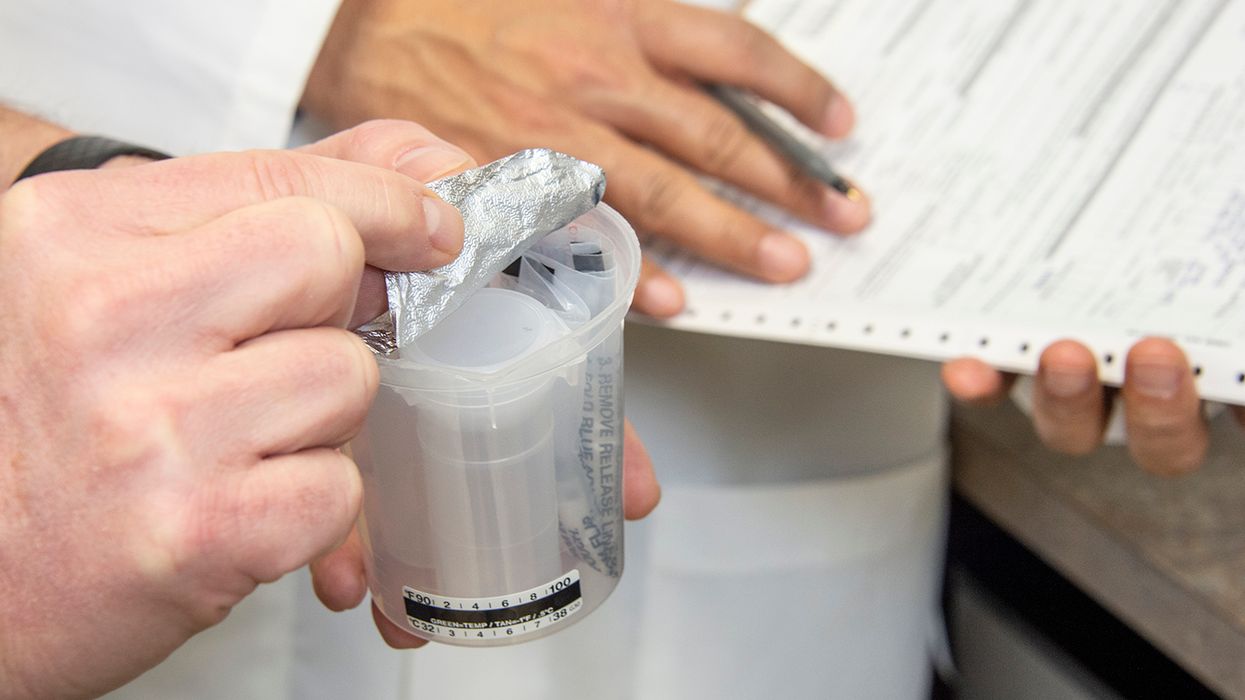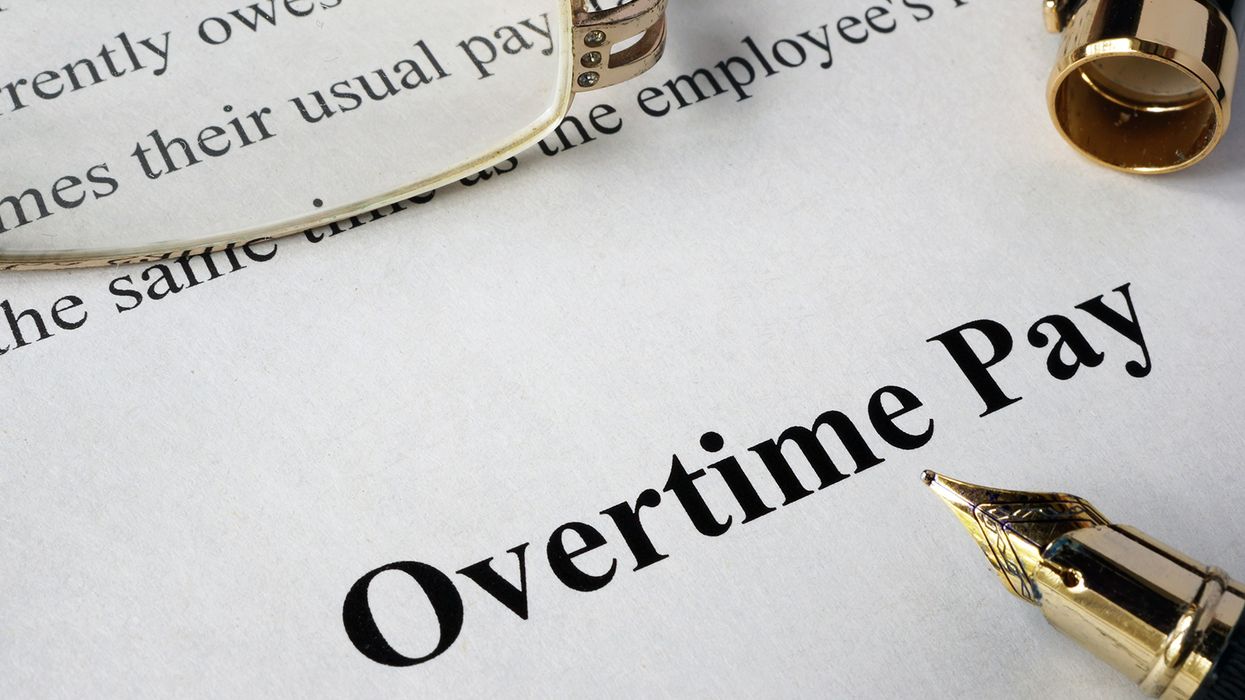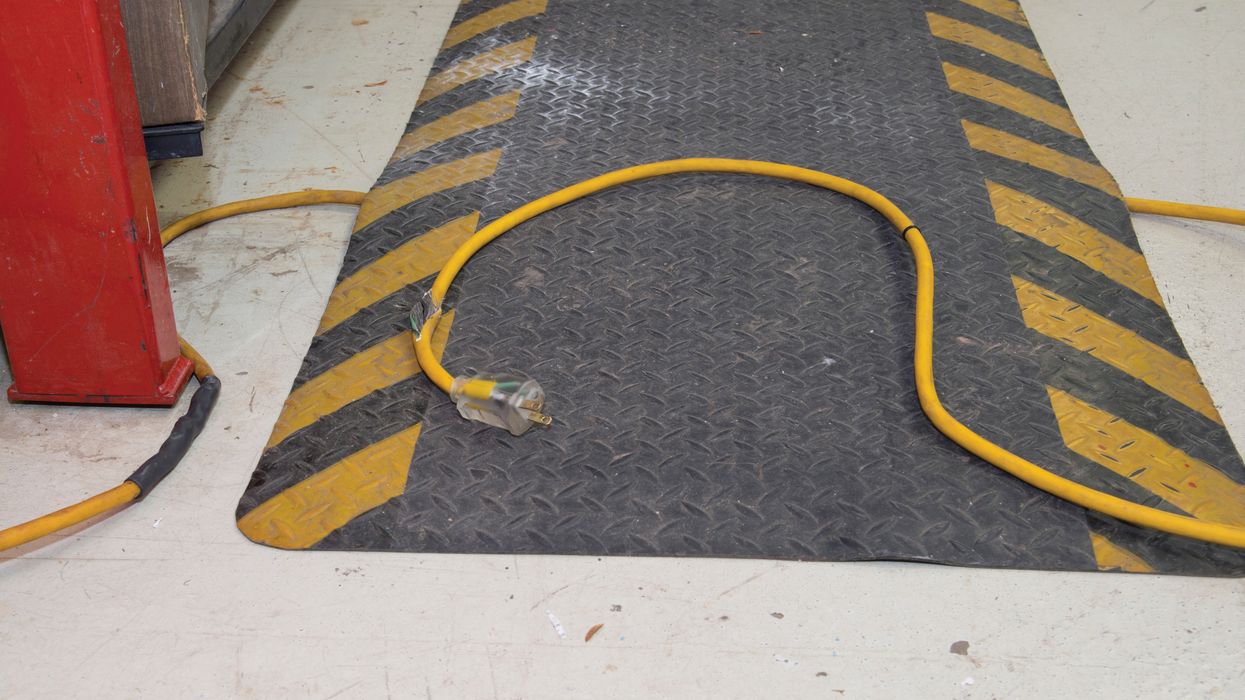NewsIndustry NewsFleet SafetyHours of ServiceHours of ServiceFocus AreaIn-Depth ArticleEnglishTransportationUSA
Oh no, my driver is out of hours! There must be an exemption we can use!
2024-12-26T06:00:00Z
A common question safety professionals receive when a driver is running low on hours is: “Is there an exempt the driver can use to get there?” Like a lot of things in compliance, the answer is, “it depends on the situation.”
Below are the limits that drivers often have trouble with, and the most common exemptions that allow a driver to drive after a limit is reached. However, to use these exemptions, the driver must meet all of the terms and conditions, and the driver must note the use of the exemption on the ELD or paper log the driver completed for the day.
- Adverse driving conditions (395.1(b)): This exemption allows a driver to exceed the 14-hour limit by two hours to complete what normally could have been completed if the driver is delayed by an adverse weather, traffic, or road condition that could not be known at time of dispatch and at the start of the driver's day.
- Oilfield waiting time (395.1(d)(2)): Oilfield drivers driving specialized vehicles that require special training to operate can log waiting time as off duty time and not count the off-duty hours against the 14-hour limit.
- Non-CDL property-carrying drivers that return every night (395.1(e)(2)): These drivers are allowed to drive up to the 16th hour two days in any seven-day period.
- Short-haul drivers (395.1(o)): If the driver returned to the work reporting location the last five working days, the driver could drive up to the 16th hour, provided the driver hasn’t in the previous six days or since the driver’s last restart if the driver had a restart in the previous seven days.
- Adverse driving conditions (395.1(b)): This is the same exemption a driver would use to exceeding the 14-hour limit if the driver is delayed by an adverse weather, traffic, or road condition that could not be known at time of dispatch and at the start of the driver's day (the driver can drive up to an extra two hours).
- Split sleeper exemption (395.1(g)): A driver can split the required 10-hour break into two qualifying breaks, one of which is a minimum of seven hours in the sleeper. The two breaks, when combined, must equal 10 or more. When the duty and driving time on either side of a qualifying break is combined, it cannot total more than 14 and 11, respectively (passenger-carrying drivers have a similar exemption to their 8-hour break requirements).
- The “restart” provisions for property-carrying drivers
- 34-hour restart (395.3(c)): If a driver has 34-hour consecutive hours off duty, the driver can “restart” their 60- or 70-hour calculation. In short, after the 34-hours off, the driver’s hours worked over the last 7 or 8 days goes to zero.
- 24-hour restart: Oilfield drivers (395.1(d)(1)), drivers of water drilling rigs (395.1(l)), and drivers hauling construction materials and equipment (395.1(m)) can get a restart with 24 hours off, rather than 34.
Personal conveyance
- When operating under personal conveyance, limits do not apply (PC is off duty driving, so the time does not count toward the limits). However, the following must be true:
- The personal conveyance move is authorized by the carrier,
- The driver is legitimately off duty (doing no work for the carrier),
- The destination is purely personal (cannot be a company terminal, the driver’s work reporting location, a service facility, etc.), and
- There is no benefit to the company (the vehicle cannot end up in a better location as far as the current or next assignment is concerned), OR
- The driver has been told to move by a law enforcement officer, shipper, or receiver when out of hours and the driver moves to the nearest safe place.
Key to remember: If a driver is short on hours, there may be an hours-of-service exemption that can help. However, all terms of the exemption must be met.

